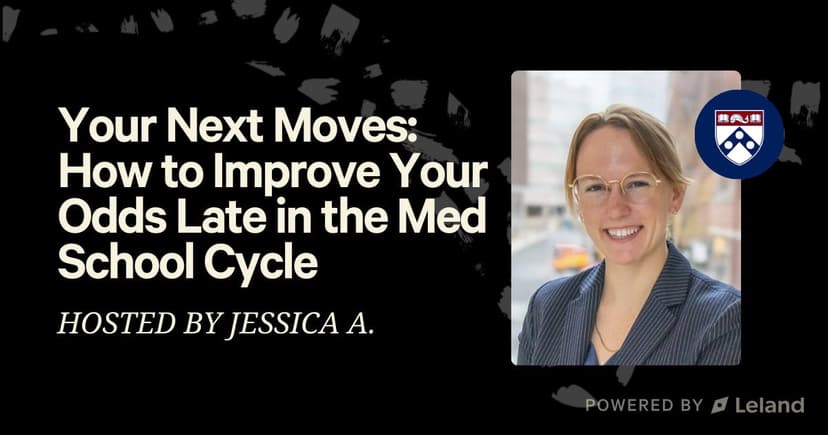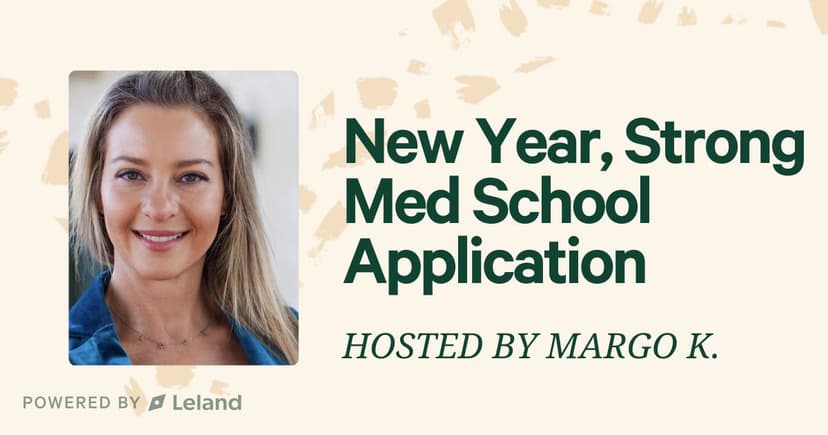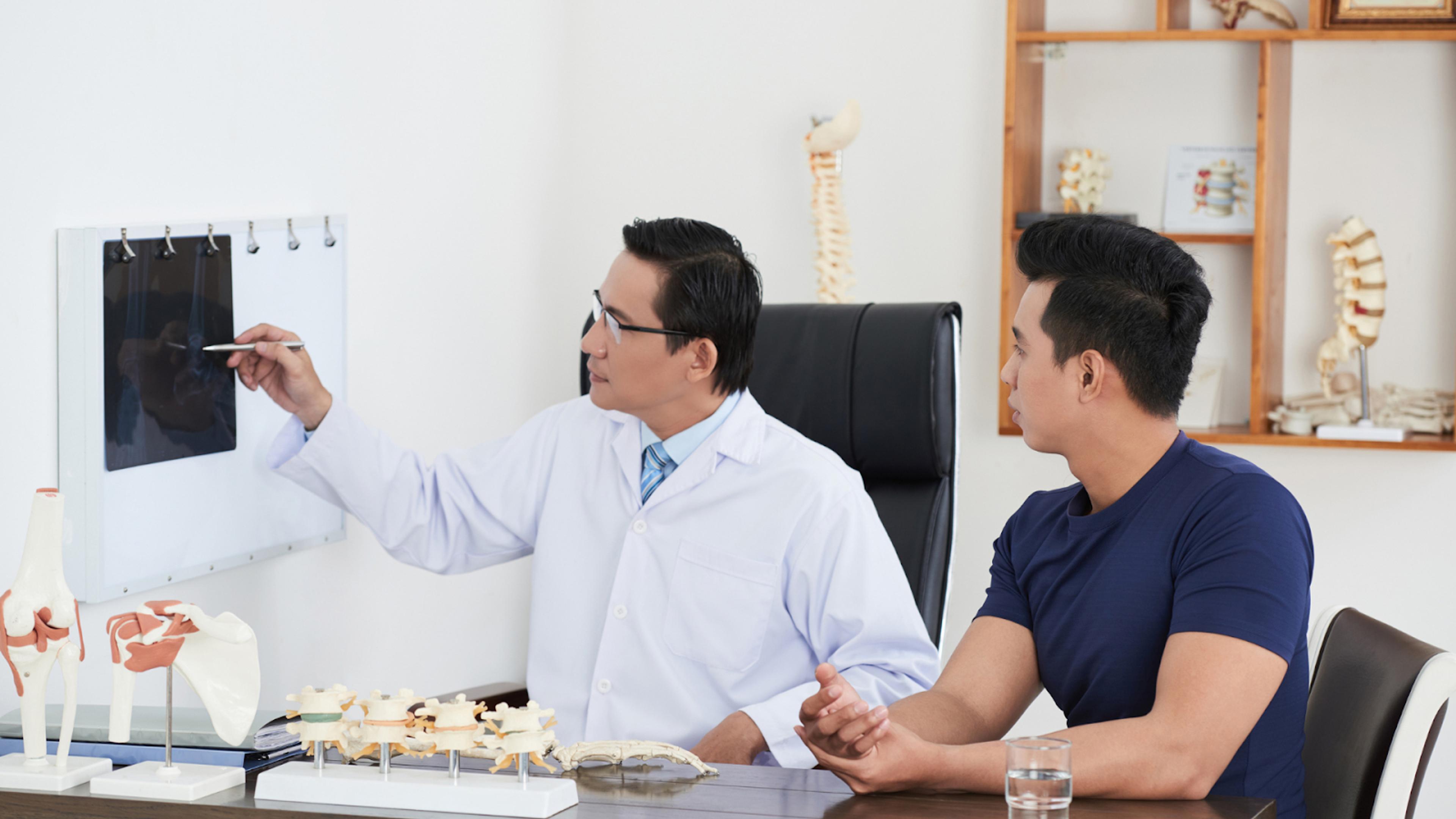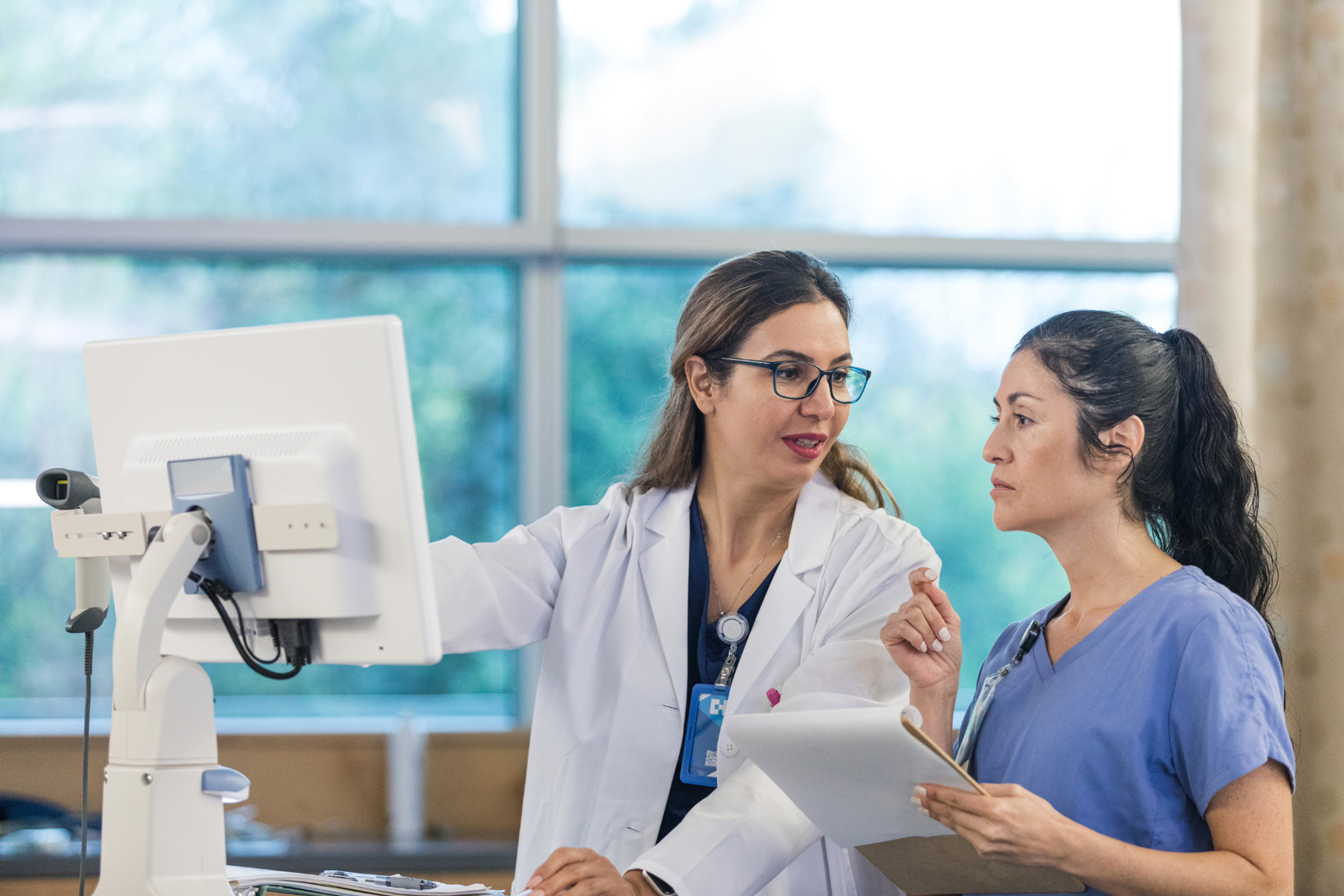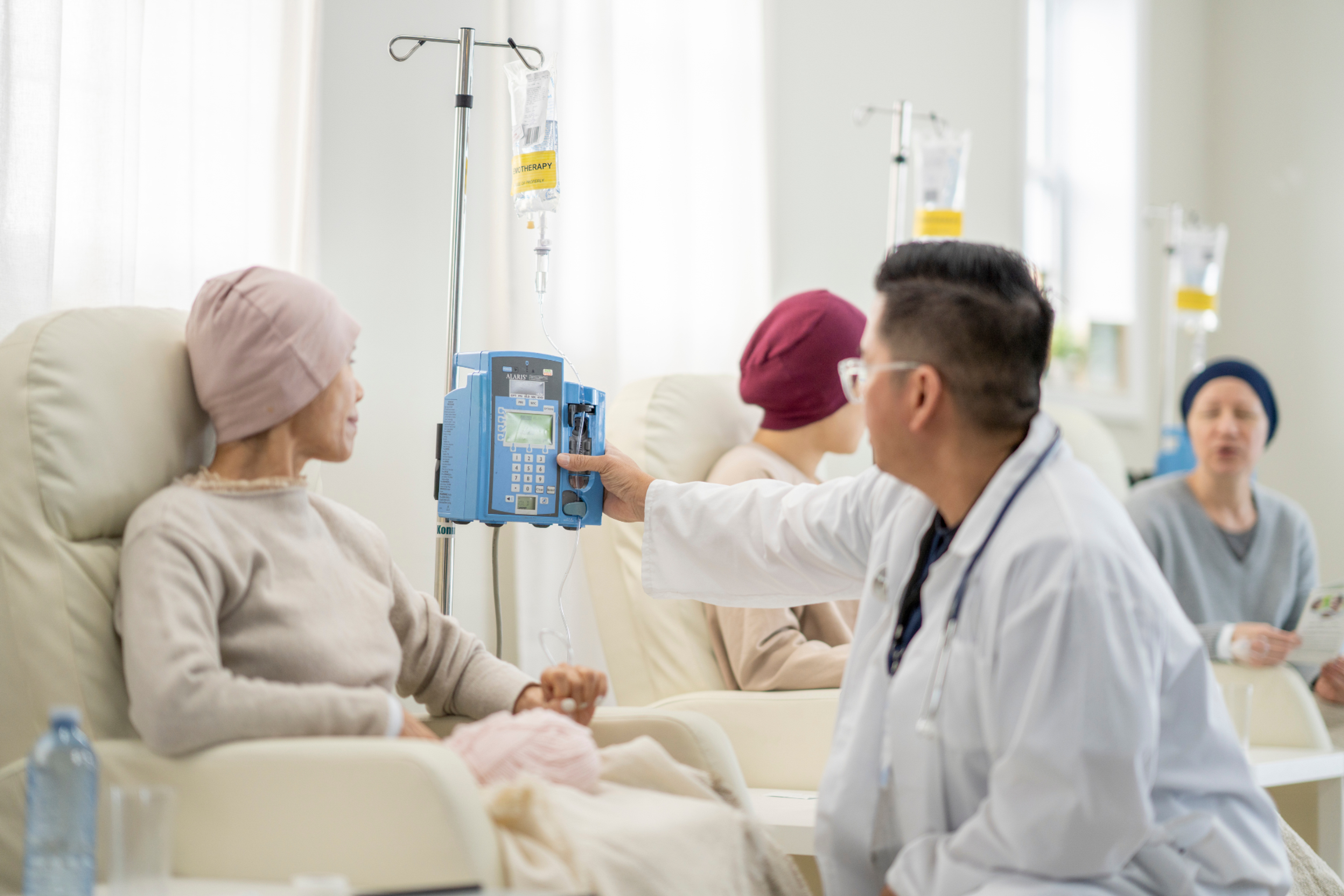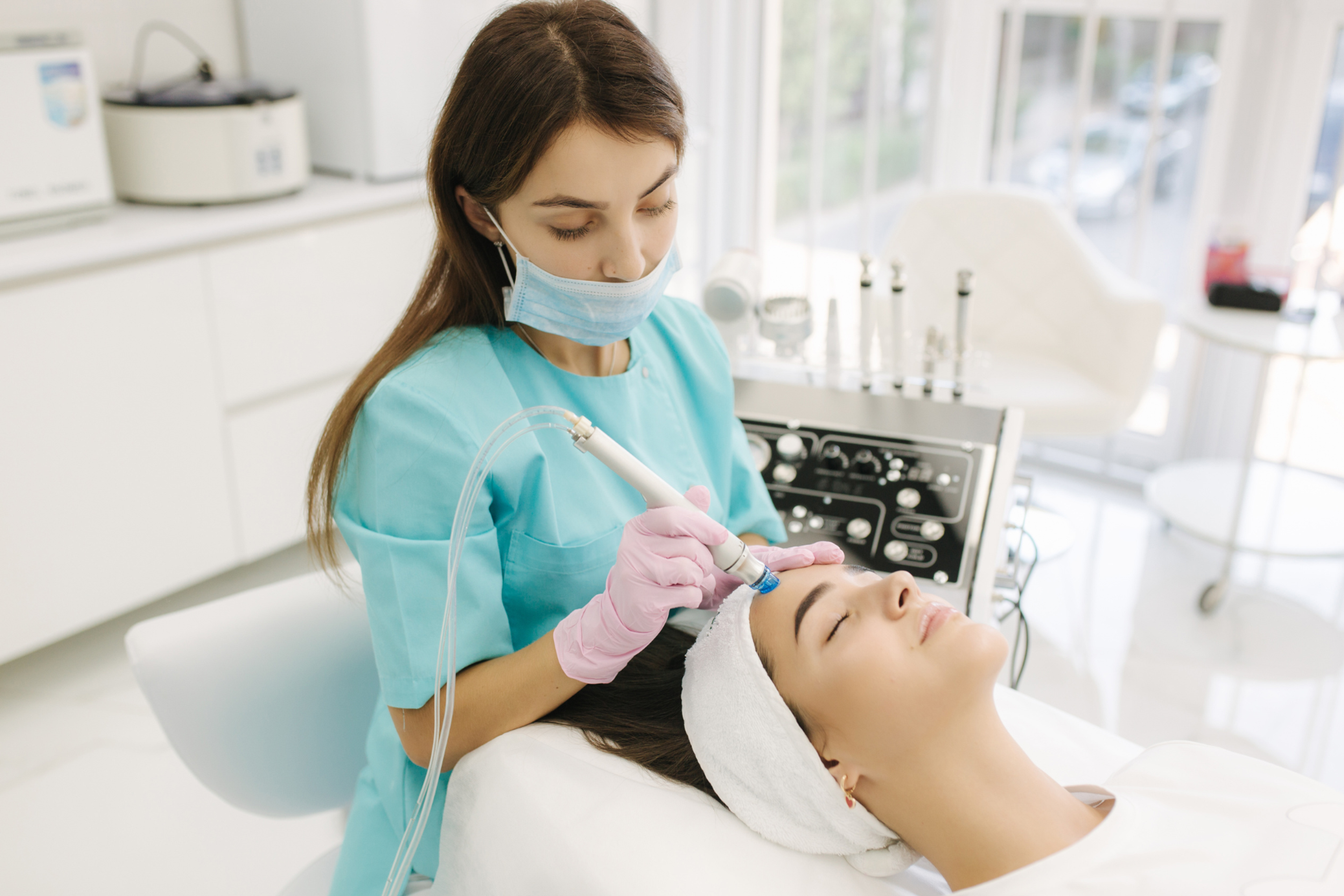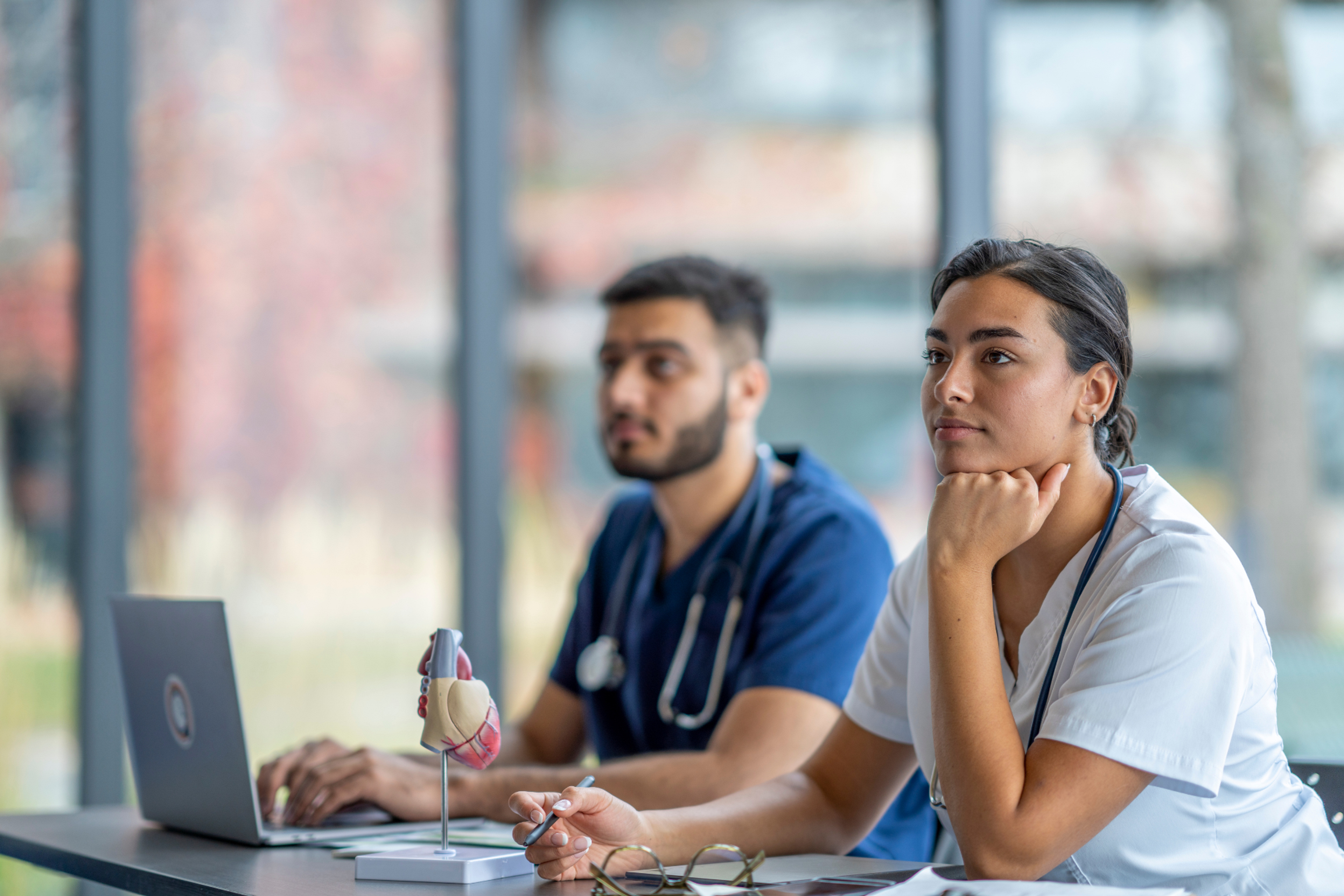How to Get Into UW Medical School – Acceptance Rate, Requirements, & Ranking
Get into the University of Washington Medical School with this complete guide to acceptance rates, requirements, application tips, and insider strategies.
Posted July 25, 2025
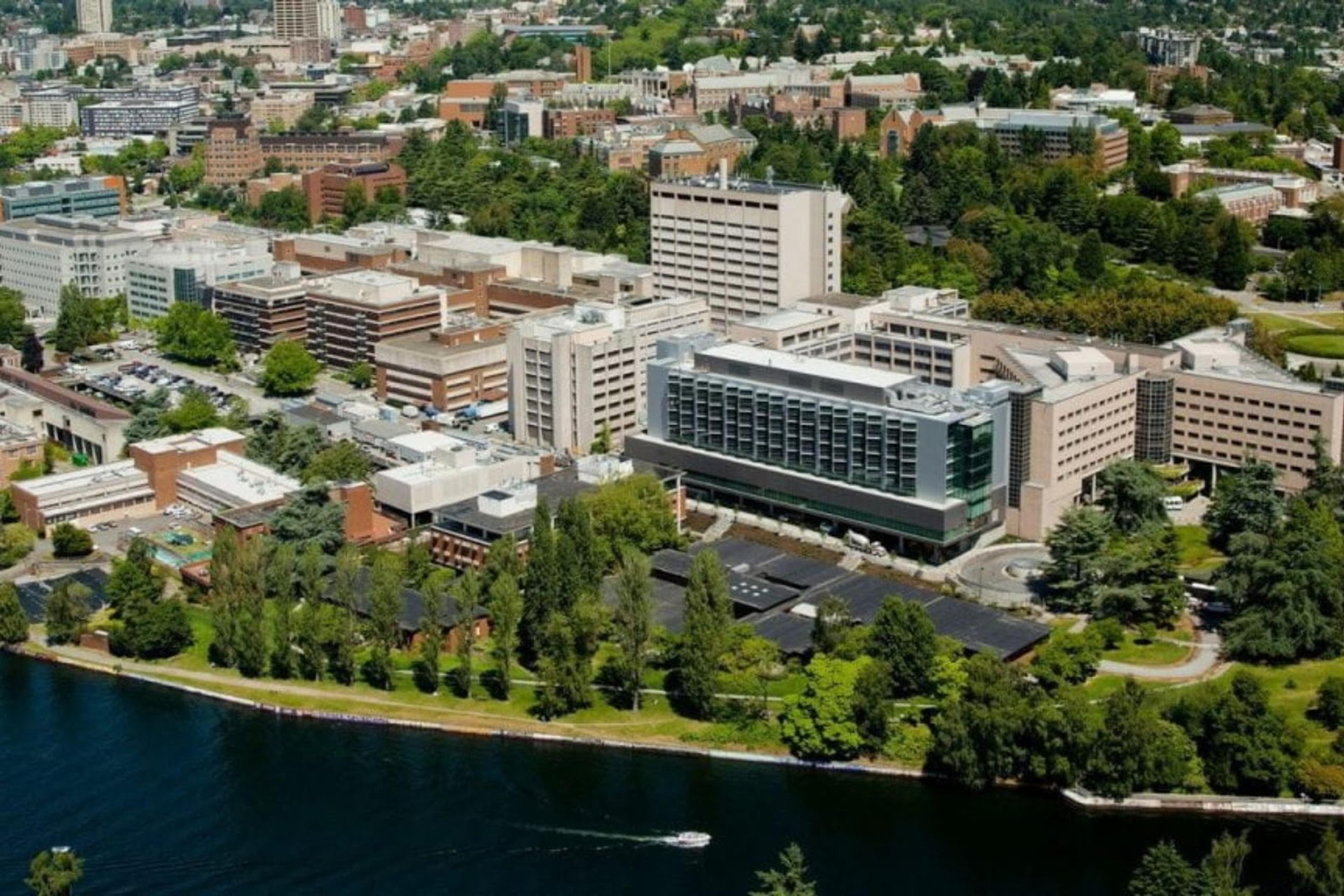
Join a free event
Learn from top coaches and industry experts in live, interactive sessions you can join for free.
Table of Contents
Considering the University of Washington School of Medicine? You’re not alone! It’s consistently ranked among the top public medical schools in the U.S., known for its commitment to health equity, rural care, and excellence in clinical medicine and biomedical research.
Whether you’re a prospective student from the WWAMI region or exploring other medical schools, this guide breaks down everything you need: acceptance rates, prerequisite courses, the MD program, and real tips to stand out in the application process.
Read: How Many Medical Schools Should I Apply To? A Strategic Approach
Why Choose the University of Washington School of Medicine?
The University of Washington School of Medicine (UWSOM) stands out as both the first public medical school in Washington and a national leader in preparing physicians to serve underserved and rural communities. Its distinctive five-state medical school model, known as WWAMI (Washington, Wyoming, Alaska, Montana, Idaho), allows students to complete their medical education across a broad network of teaching facilities, gaining clinical exposure in diverse environments throughout the region.
In the 2025 rankings, the University of Washington School of Medicine continues to stand out for its leadership in primary care, earning a #1 spot nationally and reaffirming its reputation as a top choice for students interested in community-focused medical training and research. This indicates a shift in rankings over recent years. Clinical experiences are integrated early, with students gaining hands-on practice at world-class sites like Harborview Medical Center and the broader UW Medicine system, a hub for cutting-edge research and clinical care.
University of Washington Medical School Acceptance Rate
| Metric | Statistic |
|---|---|
| Overall Acceptance Rate | Approximately 4.73% (358 admitted out of 7,572 applicants) |
| WWAMI Region Acceptance | About 96% of accepted students are residents of Washington, Wyoming, Alaska, Montana, or Idaho (WWAMI region) |
| Out-of-Region Acceptance Rate | Significantly lower than WWAMI applicants; out-of-region applicants are only considered for the Seattle class |
| International Applicants | Not accepted unless they have U.S. permanent residency; DACA applicants from WWAMI states may be considered if they meet residency requirements |
| Median MCAT Score | Data not specified in the provided sources; applicants must demonstrate academic ability to complete medical school and pass the USMLE |
| Median Undergraduate GPA | Data not specified in the provided sources; a strong academic record is considered during the holistic review process |
| Prerequisite Coursework | Completion of required courses in sciences and humanities; a strong background in natural and social sciences is recommended |
Please note that UWSOM employs a holistic admissions process, considering various factors beyond academic metrics. For the most current and detailed information, refer to UWSOM's official admissions page.
If you’re curious about other application rates from top medical schools, see more here: Medical School Acceptance Rates, GPA, and MCAT Scores of the Top 15 Programs
Required Prerequisite Courses
All applicants must complete the following undergraduate coursework:
One year each of:
- Biology - Covers core topics like cell biology, genetics, and physiology, forming the foundation for understanding human health and disease.
- General Chemistry - Introduces chemical principles including atomic structure, bonding, and reactions essential for medical biochemistry.
- Organic Chemistry - Focuses on the structure and reactions of carbon-based compounds, critical for understanding drug interactions and metabolism.
- Physics - Explores energy, motion, electricity, and magnetism, helping students grasp physiological processes and diagnostic technologies.
- English / Written Communication - Develops the ability to communicate clearly and effectively, an essential skill for clinical and academic settings.
These prerequisite courses provide a strong foundation for UWSOM’s rigorous medicine program. Courses taken at a community college are acceptable if equivalent.
MD Program Options at UWSOM
The University of Washington School of Medicine (UWSOM) offers multiple pathways within its MD program, allowing students to tailor their training based on their career goals, whether in clinical practice, research, policy, or public health.
Traditional Four-Year MD Program
This is the core path for most students, combining foundational science with early clinical exposure, immersive clerkships, and a Focus Phase for electives and sub-internships in areas like emergency medicine, clinical medicine, or biomedical research. The curriculum emphasizes real-world learning across the WWAMI region.
Medical Scientist Training Program (MSTP)
This NIH-funded dual-degree track is for students pursuing an MD/PhD, preparing future physician-scientists. The MSTP program integrates medical training with advanced research, ideal for those aiming to lead in biomedical research or academic medicine.
Concurrent Degree Programs
Students can pursue a second graduate degree alongside their MD, such as:
- MD/MPH (Public Health)
- MD/MHA (Health Administration)
- MD/MS in research-intensive fields through participating in graduate departments
These concurrent degree programs support students interested in policy, systems leadership, or research careers.
Support for Nontraditional Applicants
UWSOM values applicants with diverse professional backgrounds, including certified nursing assistants, emergency medical technicians, and those who’ve worked in community health. While there isn’t a separate track, these experiences are considered assets during the holistic admissions process.
Curriculum Specialization: The Focus Phase
In the final phase of the program, students customize their learning through advanced electives, sub-internships, and research blocks. This phase allows for deeper exploration in fields like emergency medicine, clinical skills, environmental health, or public health before residency.
How to Apply to the UW School of Medicine
The application process begins with submitting your AMCAS application through the Association of American Medical Colleges (AAMC).
Materials required:
- Transcripts
- MCAT scores
- Personal statement
- 3+ letters of recommendation
- Activities and leadership section
Step 1: Submit Your AMCAS Application
Your journey to UWSOM starts with the AMCAS application, managed by the Association of American Medical Colleges (AAMC). This centralized application typically opens in May, and UWSOM encourages students to submit early, ideally by late June to early July, to maximize your chances of consideration.
You'll need to include your official transcripts, MCAT scores, a compelling personal statement, and at least three letters of recommendation (academic, clinical, and/or personal references are all appropriate). The application also requires you to fill out the Work and Activities section, which highlights your leadership, clinical exposure, research, volunteer work, and other experiences relevant to the medical profession.
Learn more here: Crafting a Powerful AMCAS Most Meaningful Experience Essay
Step 2: Complete the UWSOM Secondary Application
Once your AMCAS application is verified and reviewed, selected applicants will be invited to complete UWSOM’s secondary application. This is where the school digs deeper, asking mission-driven, region-specific essay prompts focused on your alignment with UWSOM’s values and the needs of the WWAMI region. You'll also submit a brief biographical sketch that adds depth to your story and experience.
This secondary application is required for all applicants and is especially important for those applying from outside the WWAMI states, as it provides a critical opportunity to demonstrate your commitment to underserved communities and explain why you’re a strong fit despite geographic preference.
Step 3: Take the Casper Test (Out-of-Region Applicants Only)
If you're an out-of-region applicant, you must also complete the Casper situational judgment test by September 30. UWSOM uses this to evaluate your interpersonal and ethical decision-making skills in a standardized format, especially since seats for non-WWAMI students are extremely limited.
How to Prepare for the MMI Interview
UWSOM’s MMI assesses interpersonal and decision-making abilities across several timed stations.
MMI Prep Tips:
- Practice role-playing scenarios that involve ethical dilemmas, patient interactions, and communication challenges. Focus on clarity, empathy, and structured thinking. Stay current on healthcare topics, especially public health issues, health disparities, and how medicine is evolving through innovation and technology.
- Reflect on your values and motivations, especially how they align with UWSOM’s mission to serve underserved communities in the WWAMI region.
- Know your story and your “why”, be prepared to explain why you chose medicine, why you’re applying to the Medicine University of Washington, and what kind of physician you hope to become.
- Familiarize yourself with the MMI format, including timing and expectations, and consider practicing with a mentor, coach, or mock interview setup.
Sample Secondary Essay Prompt + Expert Insight
Prompt (Typical): “How have your experiences prepared you to work in underserved communities, particularly in the WWAMI region?”
Expert Analysis: This is a core UWSOM question that tests alignment with its mission. A strong response doesn’t just list volunteer work, it connects personal values, real experiences (especially with health disparities), and a clear understanding of the WWAMI region’s unique healthcare challenges. The best essays show both commitment and long-term intention to serve these populations.
Expert tip: Work with an experienced coach on your primary and secondary essays. Many applicants fall short on personalization, which is key for UWSOM.
UWSOM Application Timeline
| Step | Date / Timeframe | Notes |
|---|---|---|
| AMCAS Application Opens | Early May | Start compiling transcripts, activities, and personal statements early. |
| Submit AMCAS Application | June–Early October | UWSOM recommends applying as early as possible. |
| MCAT Deadline | September 30 | Latest acceptable test date for the current cycle. |
| Secondary Application Released | After AMCAS verification | Includes region-specific and mission-aligned prompts. |
| Secondary Application Deadline | Within 2 weeks of receiving it (typically Oct 15) | Time-sensitive, don’t delay once it arrives. |
| Casper Test (Out-of-Region Only) | Must be completed by September 30 | Required only for non-WWAMI applicants. |
| Letters of Recommendation Due | With AMCAS application | At least 3 letters recommended (academic, clinical, and personal). |
| MMI Interview Invitations Sent | November–December | Around 750 candidates are invited annually. |
| Multiple Mini Interviews (MMI) | December–February | Virtual, timed interview stations testing a range of competencies. |
| FAFSA + Financial Aid Deadline | January 15 | Required to be considered for need-based aid and scholarships. |
| Final Admissions Decisions Released | February–May | Notifications are sent on a rolling basis. |
Read: Medical School Application Timeline: The Ultimate Guide (2025) and MD Application Deadlines of the Top 50 Medical Schools
What the Admissions Committee Looks For
The UWSOM admissions committee takes a holistic approach to evaluating applicants, meaning they look beyond grades and test scores to understand your full story and potential as a future physician. While strong academic performance and MCAT test scores are important, they're just the starting point. Your personal statement is a critical piece, it should reflect your motivations, values, and fit for UWSOM’s mission.
Read: How to Write a Powerful Personal Statement for Medical School
The committee also places significant weight on leadership experience, a demonstrated commitment to service, and meaningful interactions with health professionals, especially in underserved communities. Roles like working as an emergency medical technician, a clinic assistant, or a community health volunteer can help show your readiness for patient care and your alignment with the school’s values.
A strong connection to the WWAMI region, whether through residency, experience, or a clear intent to serve these communities, is a key consideration, especially given UWSOM’s mission to improve healthcare access in rural and underserved areas. Applicants are also assessed on their ability to contribute to a diverse, collaborative learning environment and to advance clinical care, health equity, and community impact.
Those who advance in the process are invited to participate in a Multiple Mini Interview (MMI), typically held between December and February, where interpersonal skills, ethical reasoning, and communication abilities are evaluated in a series of timed interview stations.
Career Outcomes for UWSOM Graduates
Graduates go on to excel in:
- Family medicine, internal medicine, emergency medicine, and surgery
- Roles in rural physician practice and urban academic centers
- Dual-trained clinician-researcher tracks
- Executive positions in health administration and policy
- Advanced degrees through participating graduate departments
UWSOM alumni are known for leadership, service, and lasting impact in the medical profession.
Read: Is Med School Worth It? Weighing the Pros and Cons
Final Thoughts
The University of Washington School of Medicine is a mission-driven institution dedicated to shaping the future of healthcare in the Pacific Northwest and beyond. With its unique WWAMI structure, commitment to underserved communities, and nationally ranked training in primary care, it’s one of the most impactful environments to learn, lead, and grow as a physician.
But getting in is highly competitive, especially for out-of-region applicants. That’s why working with a top medical school admissions coach can make all the difference. From perfecting your personal statement to navigating UWSOM’s mission-specific secondary essays and MMI interview, a coach can help you highlight your strengths, avoid common mistakes, and stand out in a crowded field.
Ready to maximize your chances of getting into UWSOM? Browse top med school coaches here.
Read these next:
- How Long is Medical School – A Year-by-Year Breakdown
- Is Med School Worth It? Weighing the Pros and Cons
- 6, 7 and 8-Year Accelerated BS/MD Programs
- How to Get in Mayo Clinic Alix School of Medicine
FAQs
Does UWSOM accept transfer students from other medical schools?
- No, UWSOM does not accept transfer applications from students at other medical schools.
Is the Casper test required for UWSOM applicants?
- As of the current application cycle, UWSOM has paused the requirement for the Casper test. Applicants should check the official admissions page for the most up-to-date information.
What is the policy on reapplying if not accepted?
- Applicants may apply up to three times to UWSOM. Only complete applications, including secondary applications, letters of recommendation, and MCAT scores, count toward this limit.
Are international students eligible to apply to UWSOM?
- UWSOM only accepts applications from U.S. citizens or those holding permanent resident status. International students without permanent residency are not eligible for admission.
Can I take prerequisite courses at a community college?
- Yes, UWSOM accepts prerequisite courses completed at accredited community colleges, provided they meet the school's specific course requirements.
Browse hundreds of expert coaches
Leland coaches have helped thousands of people achieve their goals. A dedicated mentor can make all the difference.
